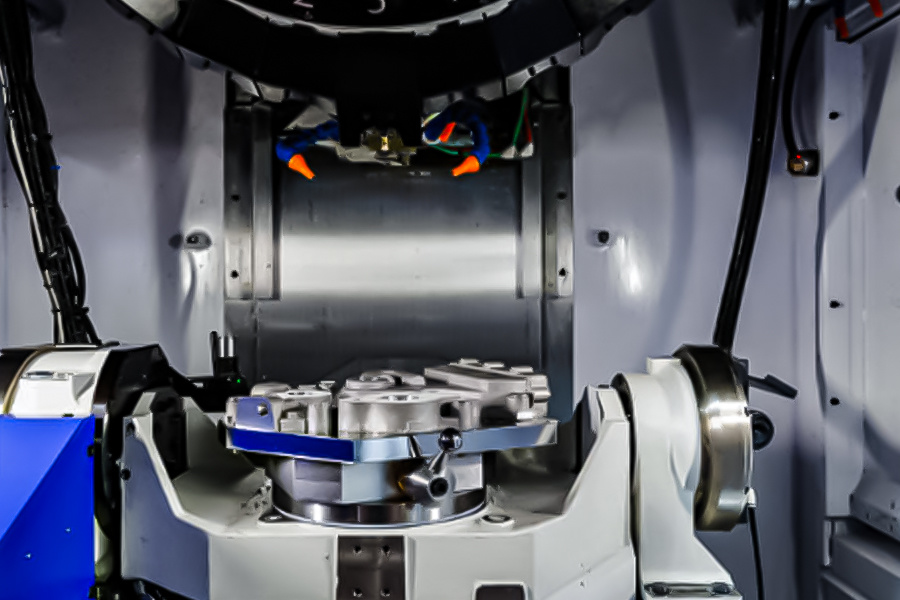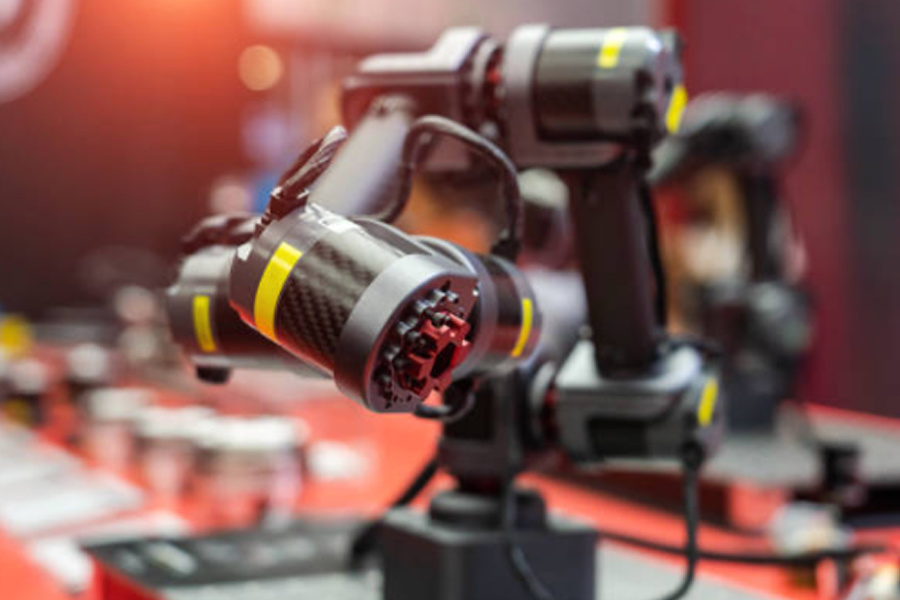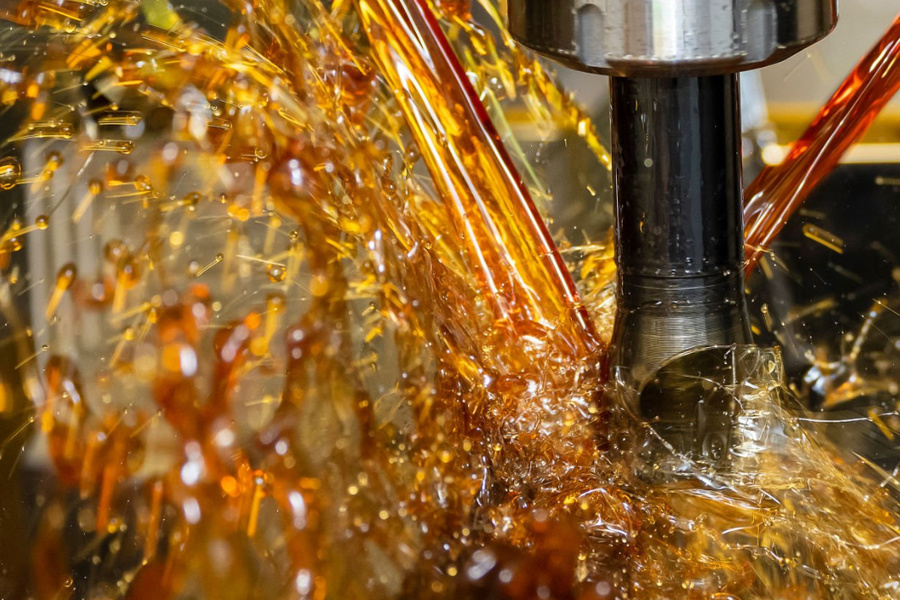Optimal selection of high-speed cutting parameters in CNC milling
Release time:
2025-02-14
High-speed cutting and milling-turning technologies have outstanding advantages in precision machining of aerospace turbine housings. By controlling the speed, feed, and cutting depth, the material removal rate is improved and the surface roughness is guaranteed. Dynamic balance, feed acceleration, cutting depth ratio and other parameters are optimized to improve machining efficiency and precision.
Traditional milling is like an old-fashioned train, pursuing stability but with limited speed; while high-speed cutting (HSM) is like a maglev train, releasing amazing energy at the moment when the tool tip collides with the material. Its core lies in achieving a 3-5 times increase in material removal rate through a combination of high speed, high feed, and small cutting depth, while ensuring the precision machining requirements of surface roughness Ra<0.8μm.
In a turning and milling composite machining center, this advantage is more prominent. Taking a certain aerospace turbine housing as an example, the traditional process requires 3 devices to complete turning, milling grooves, and drilling respectively, while the modern turning and milling composite machine tool uses a 20,000rpm spindle and C-axis linkage, which not only compresses the processing time by 60%, but also avoids the cumulative error caused by multiple clamping.
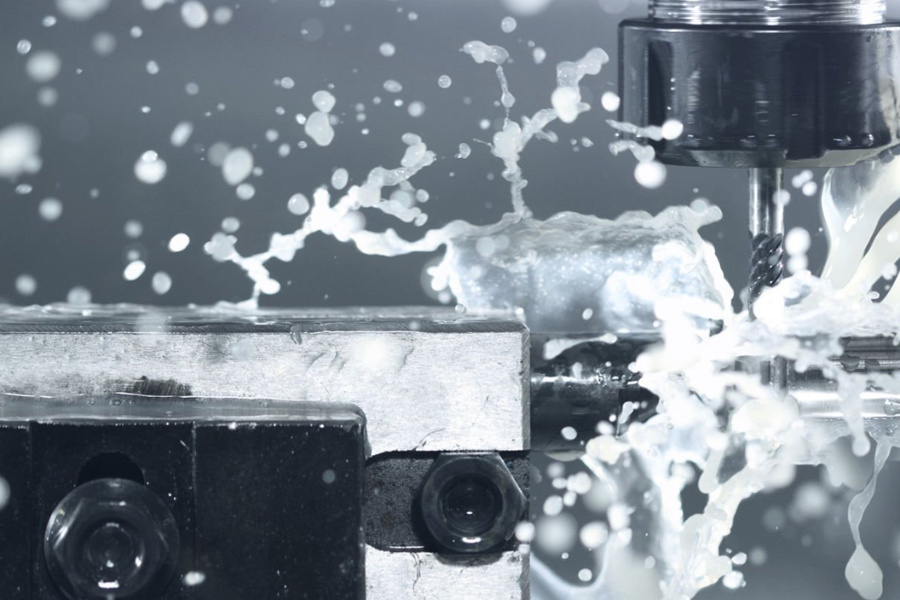
The "Golden Triangle" of High-Speed Cutting Parameters
1. Speed (S): The Ultimate Tango of the Tool Tip
The resonance law of materials and tools: When machining hardened steel (HRC50), the speed must be controlled at 8000-12000rpm to avoid tool chipping; while precision machining of aluminum alloys can soar to 24000rpm, at which time the cutting temperature is reduced due to the rapid removal of chips.
The secret of dynamic balance: A case study of medical bone nail processing shows that after the spindle runout is reduced from 5μm to 1μm using an HSK-E40 toolholder, the upper limit of the speed is increased by 25%.
The hidden boundary: When a 10mm diameter milling cutter cuts at a linear speed of 300m/min, the centrifugal force on the tool tip is as high as 15000N - this explains why ceramic tools are gradually replacing carbide in the ultra-high-speed field.
2. Feed (F): Finding the sweet spot between efficiency and precision
Micro-control of feed per tooth (Fz): In CNC machining of titanium alloy artificial joints, increasing Fz from 0.04mm/tooth to 0.07mm/tooth can shorten machining time by 35%, but the tool edge strength needs to be optimized simultaneously.
Invisible threshold of acceleration: After a certain automobile mold factory increased the machine tool feed acceleration from 1g to 2g, the actual machining efficiency was still increased by 18% even if the feed rate was maintained at the same level, because the idle consumption of the acceleration and deceleration process was reduced.
Vibration suppression strategy: Using variable feed milling technology (such as sine wave modulation feed), by breaking the resonant frequency, the vibration marks were eliminated in the machining of certain aluminum alloy thin-walled parts, and the surface quality was improved by 2 levels.
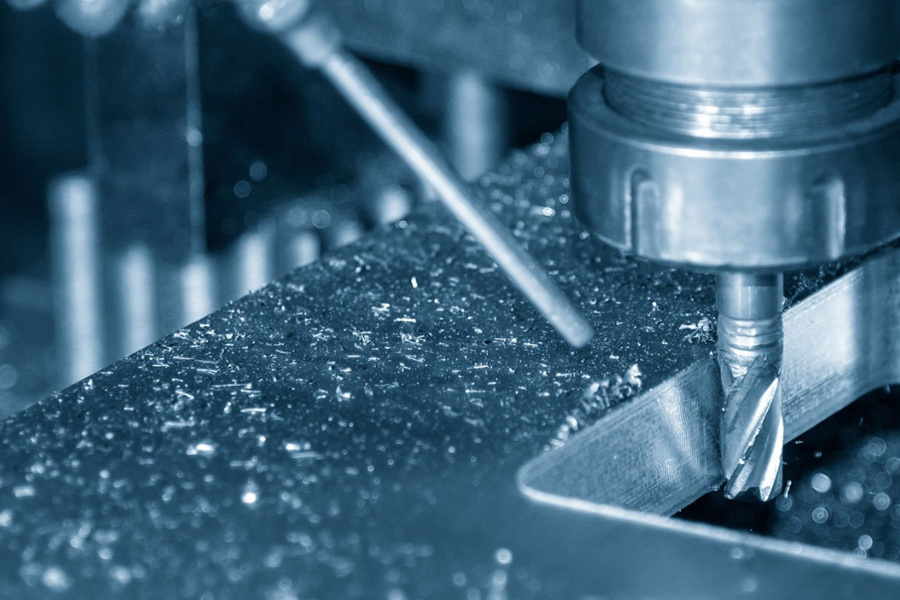
3. Depth of cut (Ap/Ae): The game between rigidity and flexibility
The golden ratio of radial depth of cut (Ae): In rough machining of steel parts, Ae is 70% of the tool diameter to obtain the best chip thickness; and in fine machining, it is reduced to 5%-10%, and a mirror effect is achieved with high speed.
The art of stacking axial depth of cut (Ap): When machining deep cavity structures, the "equal volume cutting" strategy is adopted - as the tool overhang increases, the depth of cut is gradually reduced (such as from 5mm to 2mm), which not only keeps the cutting force stable, but also avoids tool deformation.
The wisdom of layering of composite materials: In CNC milling of carbon fiber reinforced plastics (CFRP), a tiny depth of cut of 0.2mm is used with special PCD tools to reduce layering defects by 90%.
The optimization of high-speed cutting parameters is essentially a deep integration of the physical limits of machine tools and human craftsmanship wisdom. When we tame the violent energy of tens of thousands of revolutions per minute in CNC lathe processing and weave industrial poems with nanometer-level precision in turning and milling centers, those jumping parameter numbers have long been transformed into the rhythmic codes of the era of intelligent manufacturing.
Related Products
CNC machining multi-axis linkage accurately processes tooth profile and journal size
CNC machining technology plays a core role in the machining of precision gears and shaft parts, achieving high-precision micron-level precision, significantly improving the wear resistance and fatigue resistance of parts, and ensuring the stable operation and high quality of the transmission system. In modern industrial manufacturing, its application in automobile manufacturing, precision instruments, industrial equipment and other fields has significantly improved the overall quality.
2025-06-28
Automotive precision parts processing: Use high-precision gears to drive the future of new energy
The development of new energy vehicles has put forward higher requirements for the precision of parts. The breakthrough of micron-level manufacturing technology has laid the foundation for the stable operation of the power system. High-precision gears are innovatively applied in the energy conversion system of new energy vehicles, which reduces friction loss, improves transmission efficiency and prolongs gear life.
2025-06-18
The manufacturing process of precision accessories in modern medical equipment, especially the use of core processing technologies such as CNC turning and laser micro-welding to achieve precise manufacturing in complex medical scenarios. These technologies not only require precise dimensional control, but also must meet biocompatibility and long-term stability.
2025-06-14
Five-axis machining centers have gradually become the core equipment for the manufacture of complex parts due to their multi-dimensional dynamic machining capabilities. Compared with four-axis equipment, five-axis machining centers significantly improve the machining accuracy and surface quality of special-shaped structural parts through multi-angle synchronous cutting, shortening the production cycle.
2025-06-11


